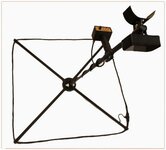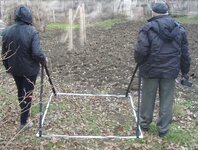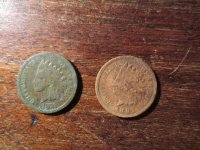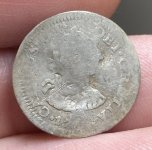grisha_iskatel
Newbie
- Dec 17, 2017
- 3
- 3
- Primary Interest:
- All Treasure Hunting
I am engaged in the production of PI metal detectors in Ukraine. We have widely used pulse metal detectors with large coils to search at great depths. But they do not discriminate against metals.
Do you use such metal detectors in the US, do you have something like that on sale? And in general do we need metal detectors in the USA without discrimination of metals
Do you use such metal detectors in the US, do you have something like that on sale? And in general do we need metal detectors in the USA without discrimination of metals











